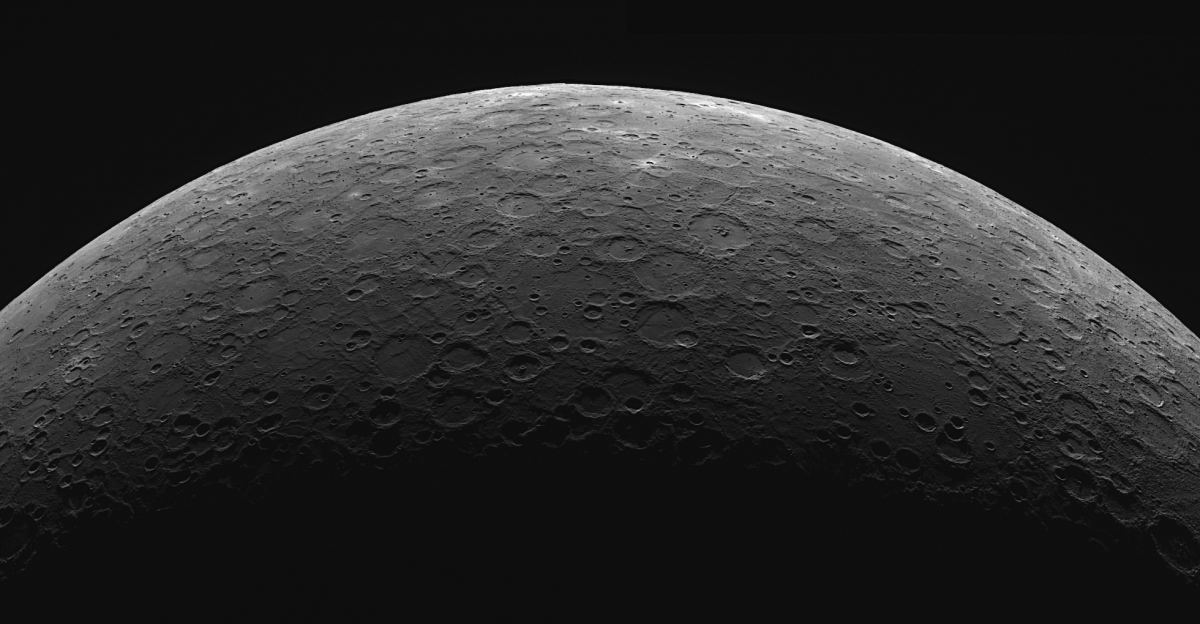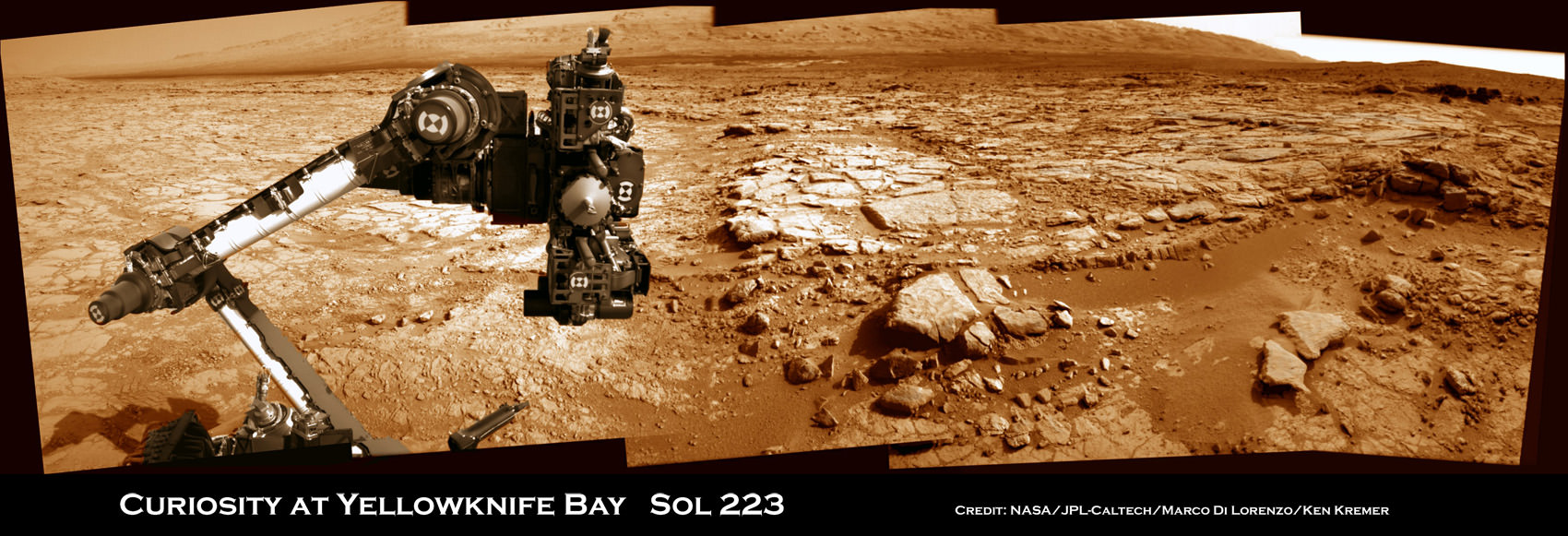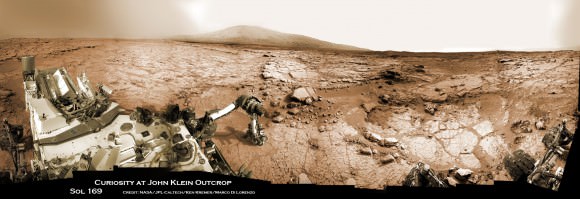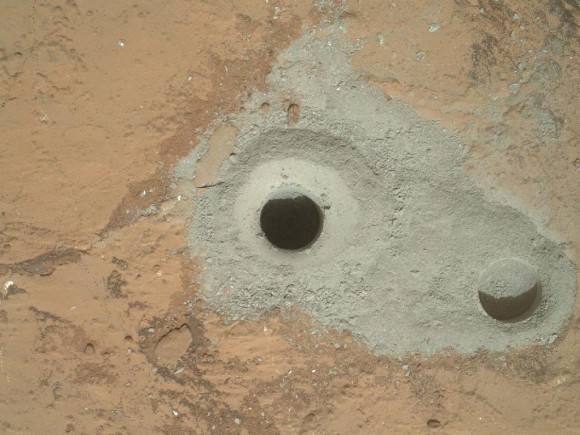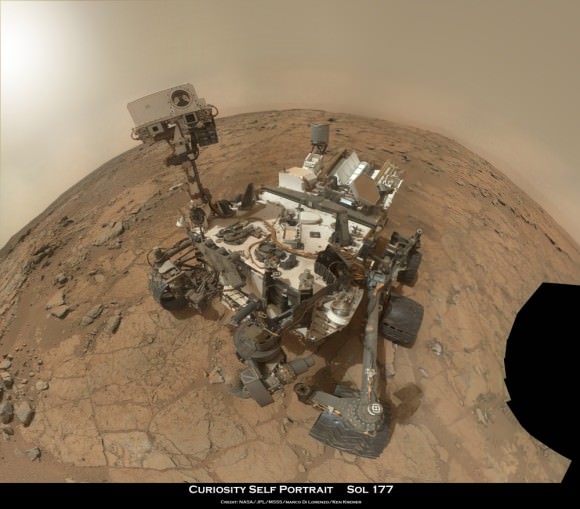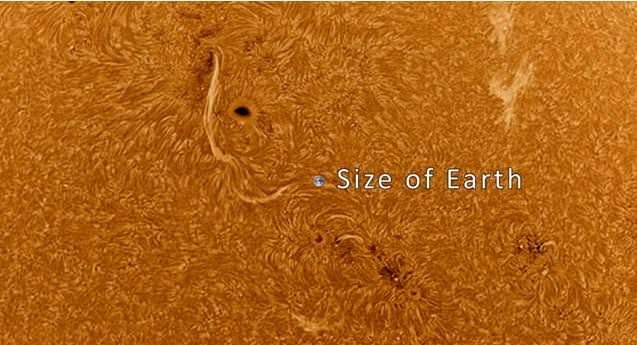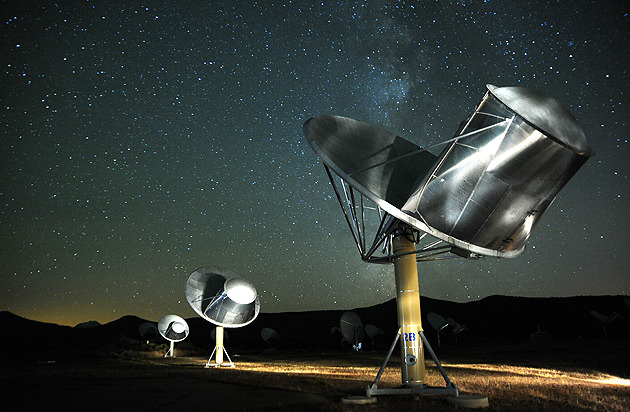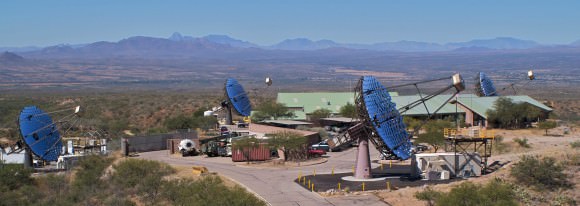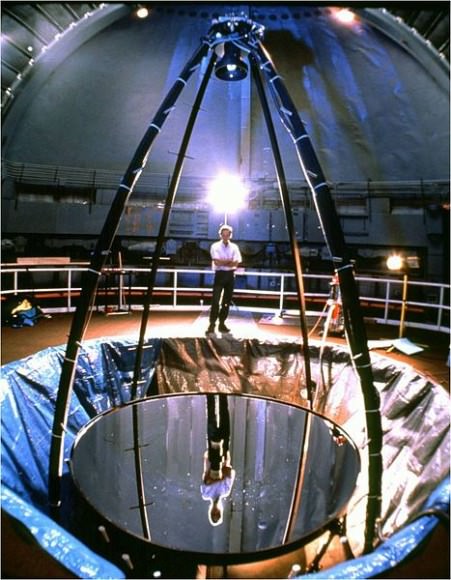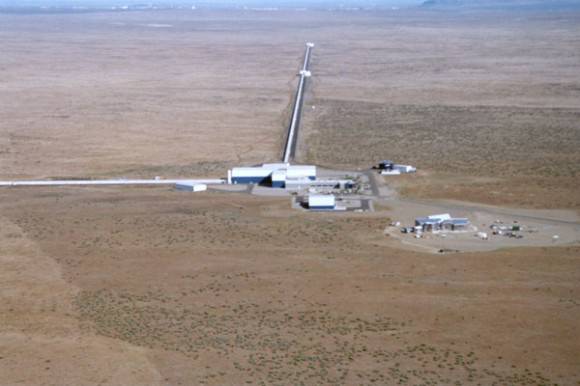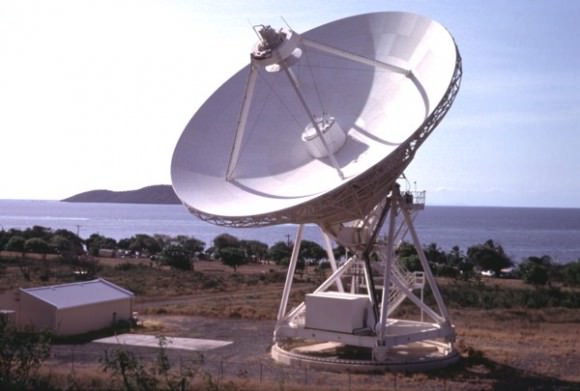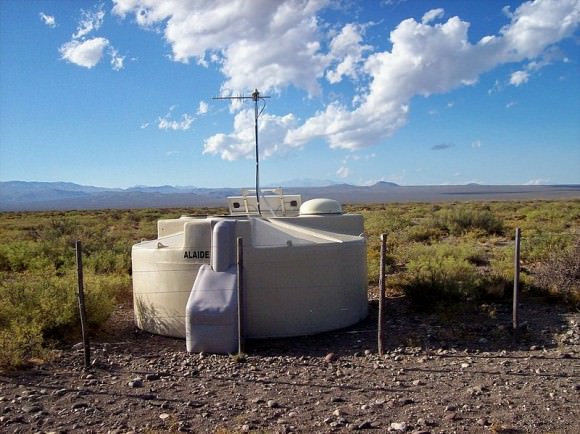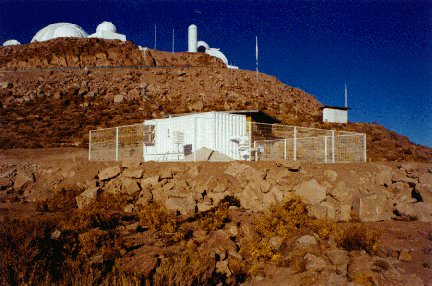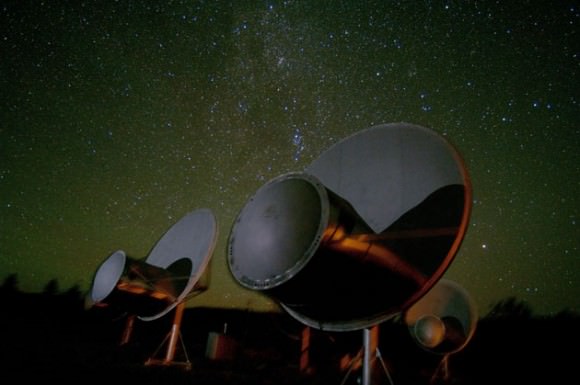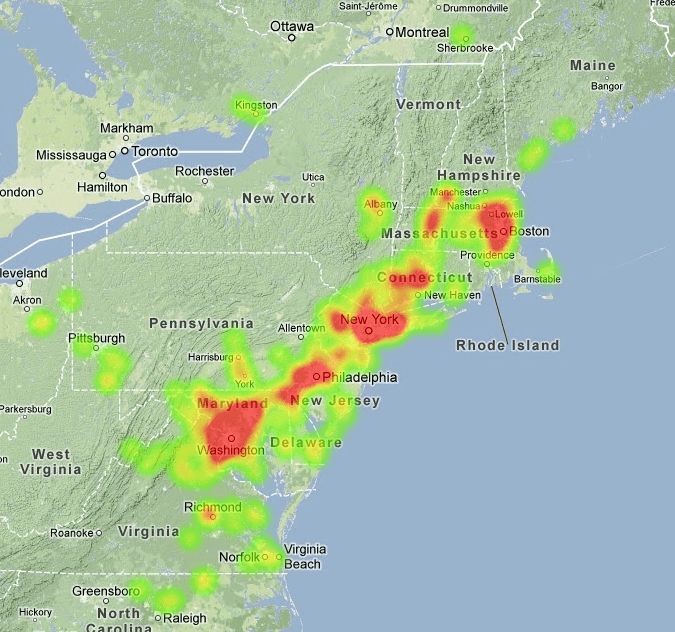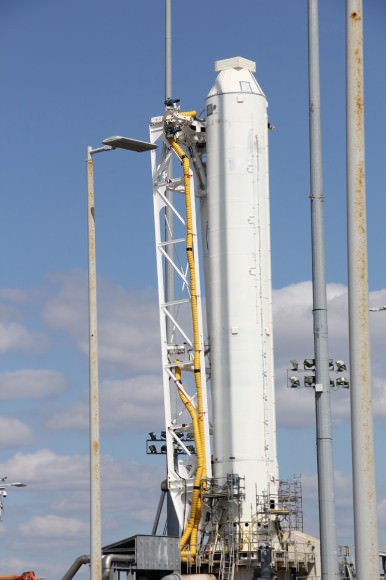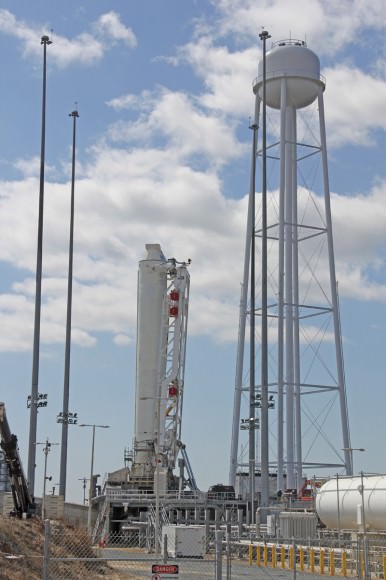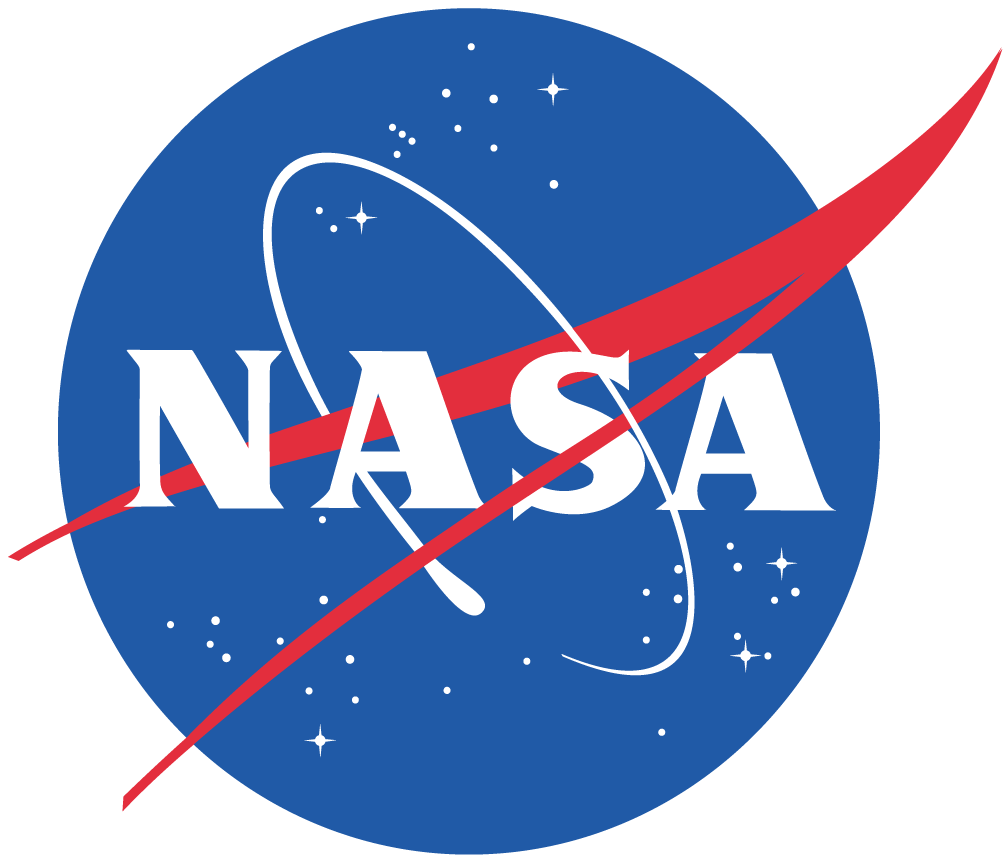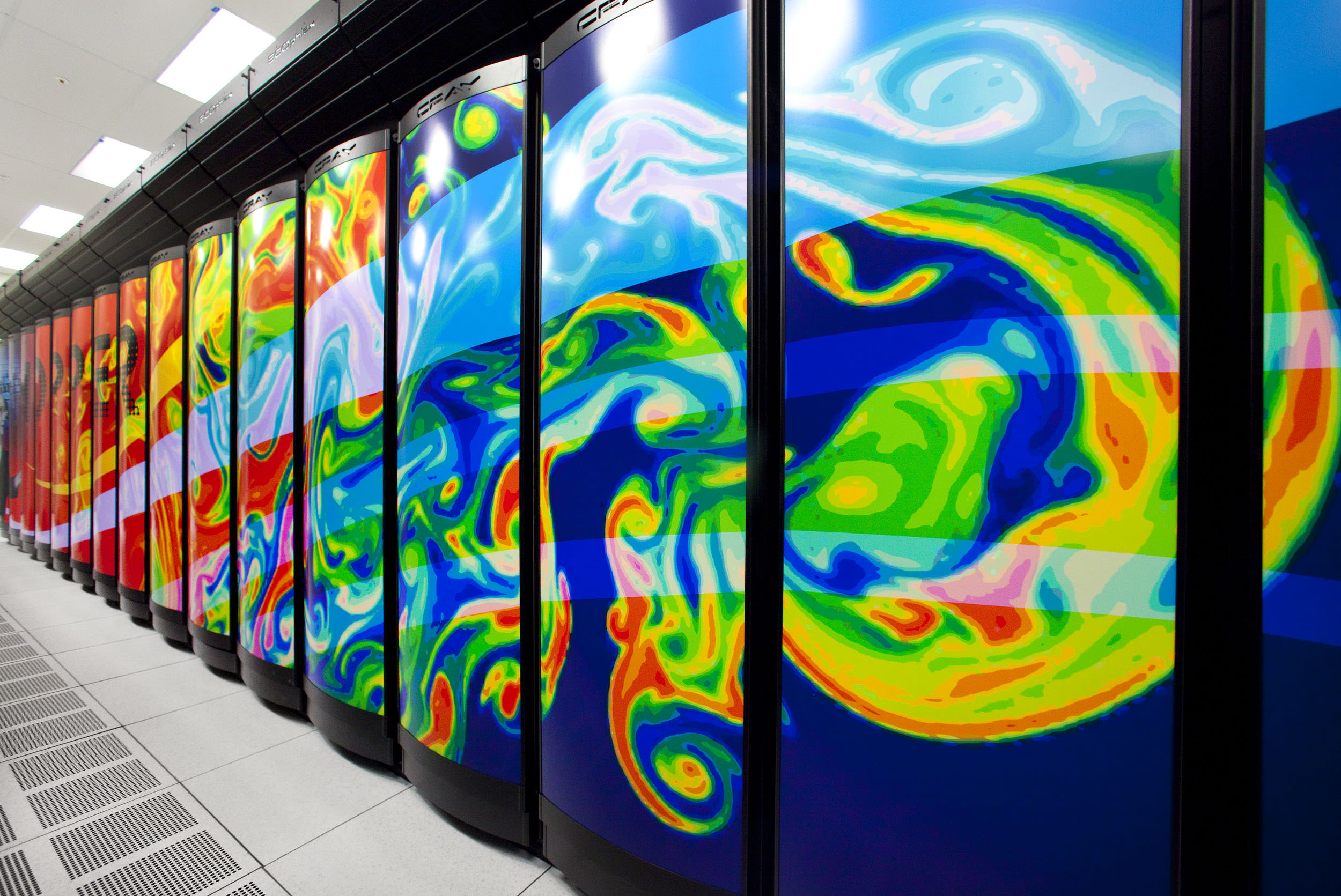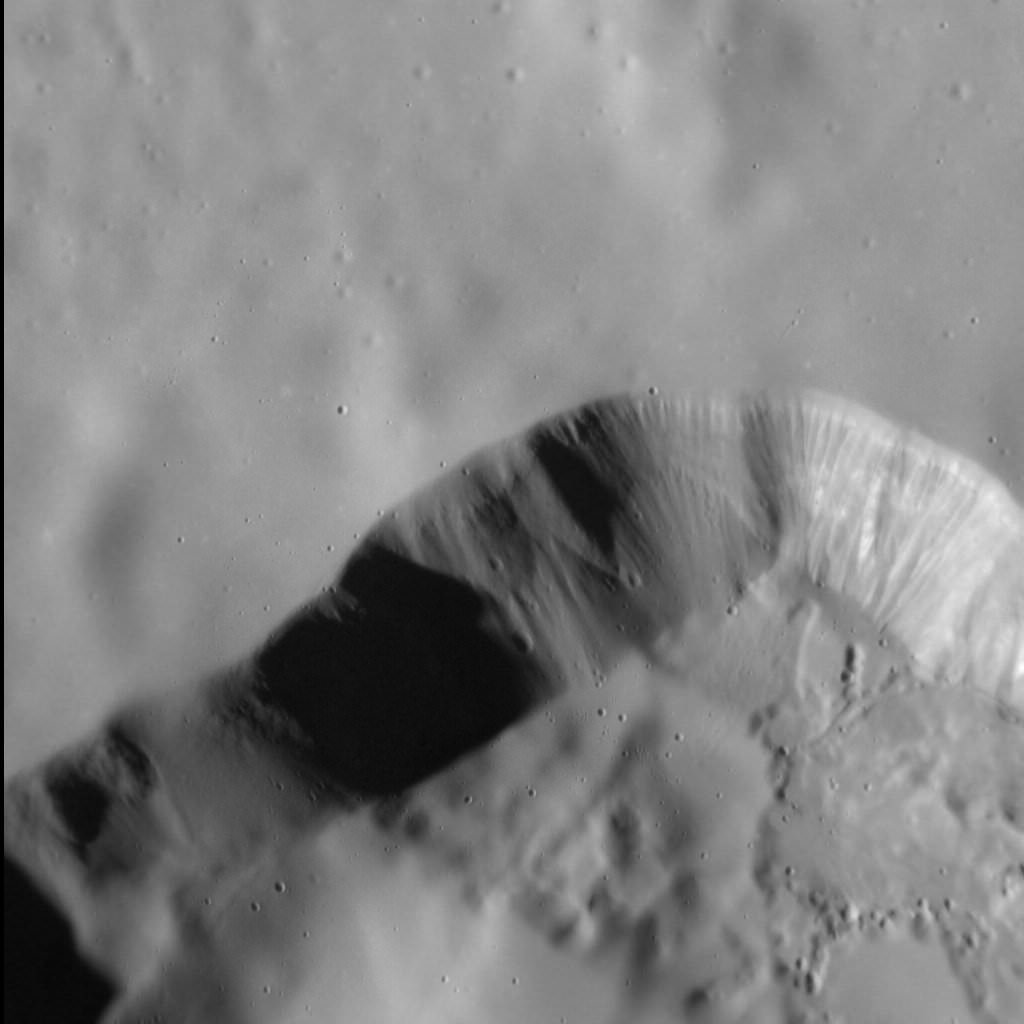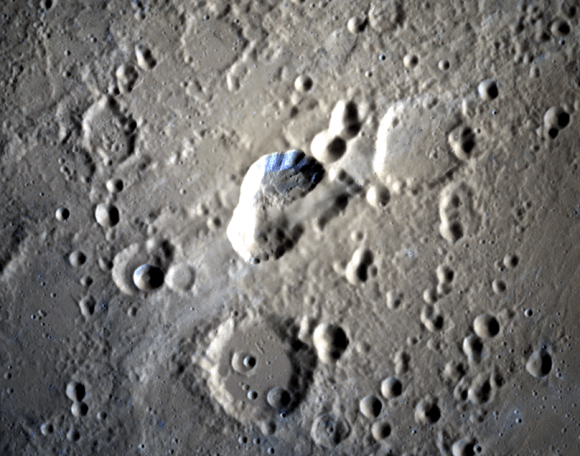A fine apparition of the planet Mercury graces the dawn skies this week, leading up to its greatest elongation from the Sun for 2013.
It seems that nearly every appearance of the planet Mercury is touted as the “best” these days. Such was the case with the inner-most world’s dusk showing early last month. Truth is, all elongations of Mercury (and Venus, for that matter) are not created equal, and visibility of each apparition isn’t the same for observers worldwide. We’ll show you why.
Mercury orbits the Sun once every 88 days. With an orbit interior to our own, it never strays far from the Sun in the sky and thus can only appear low in the dawn or dusk. Its orbit is also elliptical, with an eccentricity of 0.206, the greatest of any planet in our solar system. This means that greatest elongations can vary considerably, from 17.9° away from the Sun in the sky near perihelion of the planet to 28.7° near aphelion. And although reaching greatest elongation near aphelion means the tiny world is above the muck of the horizon, it also means it’s also intrinsically a bit fainter; Mercury can vary in brightness from magnitude -0.2 at a perihelic-elongation to half a magnitude fainter at +0.3 for an aphelic-elongation.
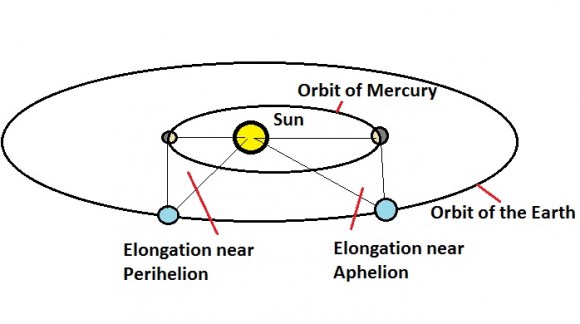
But there’s more. Compounding this situation is the angle of the ecliptic, or the imaginary plane of the orbit of the Earth. Near the March equinox the ecliptic rides high in the dusk to the west and low in the dawn to the east for northern hemisphere observers. In the southern hemisphere, the reverse is true. It’s a strange sight for a northerner to head “Down Under” and watch the Sun rise in the east, transit to the north and set to the west!
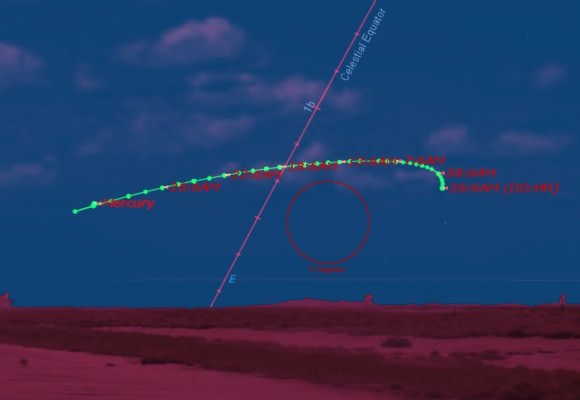
Thus what may be a terrible apparition of Mercury for one hemisphere may be a grand one for another, as is the case this week. Yes, northern observers can catch the fleeting world, if they know exactly where to look for it. For observers based at longitude 40° north, Mercury will never peak above an altitude of 10° in the dawn sky. Observers based near 35° south will however see the planet reach its maximum possible elevation of over 25° degrees above the horizon.
We would qualify this as “The best dawn appearance of Mercury for 2013… as seen from the southern hemisphere.” Greatest elongations of Mercury occur in pairs, with dusk-to-dawn apparitions about 45 days apart as the planet passes between us and the Sun, followed by a longer period of about 70 days as the world loops back around behind the Sun. The orbit of Mercury is tilted about 7° with respect to our own. Otherwise, we would see a transit of the planet every inferior conjunction, as last occurred on November 8th, 2006 and will happen next on May 9th, 2016.
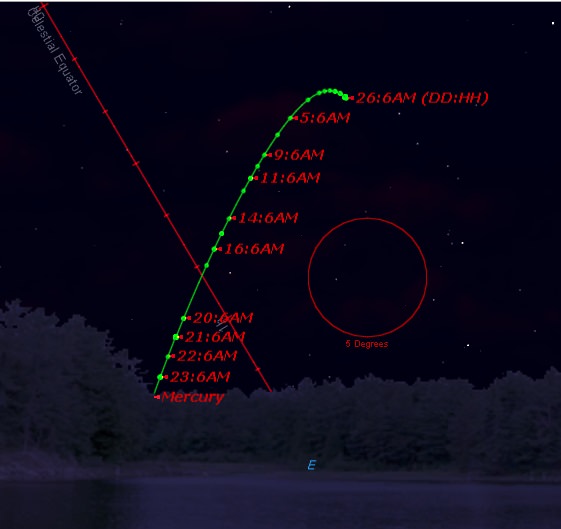
Mercury will show a maximum illumination area of 38.5” square arc seconds as seen from the Earth March 30th on just before reaching its greatest elongation west of the Sun on March 31st on Easter Day at 22:00 UT/18:00EDT. Through a telescope, Mercury will display a 7.7” diameter disk with a 50% illuminated “half-Moon” phase. Mercury reaches greatest elongation just 28 hours prior to aphelion which occurs on April 2nd, the closest this has occurred date-wise since April 8th, 2006. This won’t be matched again until March 24th, 2020. Shining at magnitude +0.3, Mercury will then race ahead of the Earth on its inside track and will begin to gradually sink lower on successive mornings in early April. The morning of April 8th may well offer the last good chance to spy the tiny world when the old crescent Moon passes just 8° degrees north of the planet within two days of reaching New phase on April 10th. Mercury reaches superior conjunction opposite to the Earth and on the far side of the Sun on May 11th, 2013, and will again head into the dusk skies for its next greatest eastern elongation on June 12th.
From our Earthly vantage point, Mercury completes 3.15 orbits of the Sun a year. This means that we see 6 greatest elongations on average most years, 3 westerns (dawn) and 3 easterns (dusk). The most elongations of Mercury that you can have in a calendar year are 7, which occurred in 2011 and will happen again in 2015. It’s fascinating to think that until the advent of the Space Age, the orbit and the rough size of Mercury was all we knew about the planet. It would take the first flyby of the Mariner 10 spacecraft to give us a close up view of Mercury in 1974. The precession of the orbit of Mercury was a mystery until explained by Einsteinian physics, and still stands as one of the great proofs of general relativity. Today, we have a permanent ambassador around Mercury, NASA’s MESSENGER spacecraft. MESSENGER has mapped to world in detail, sampled its tenuous exosphere, and observed hints of ancient volcanic activity. MESSENGER will be followed by the joint European Space Agency/Japan Aerospace Exploration Agency mission BepiColombo set to launch in 2015 which will arrive at Mercury in 2022. All fascinating things to ponder as you search for the diminutive world low in the dawn skies this coming Easter weekend!

